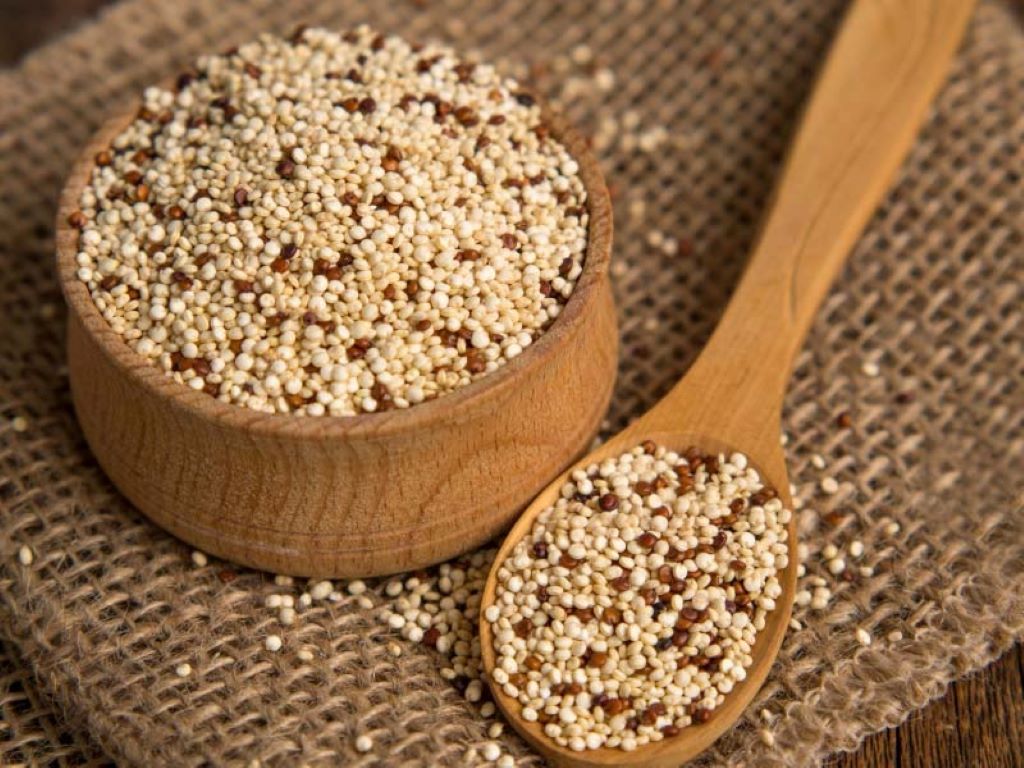The History of Earl Grey Tea
Earl Grey tea is a staple of afternoon teas, with many enjoying the refreshing, delicate taste over the more robust versions of tea. The history of Earl Grey tea, however, is shrouded in legend with many tales purporting to explain its origin.
What is Earl Grey tea?
Earl Grey tea is a form of black tea that is scented with bergamot oil from the rind of the fruit for a flavour that adds citrus notes to the rich black tea. It is commonly offered with afternoon tea in cafes and is a tea frequently provided in afternoon tea boxes, such as those from https://www.afternoonteabox.com/.
Earl Grey
The Earl Grey of this tea is believed to be Charles Grey, second Earl Grey, who was British prime minister in the 1830s. But his connection to the tea that bears his name is a mystery.
Theories
One story says that Earl Grey saved a young Chinese man who was drowning and was presented with the tea by the man’s grateful father. But this story falls apart as Earl Grey never went to China. In addition, bergamot fruit and oil are from Italy and were therefore not readily available to the Chinese in the 1800s.
Earl Grey was prime minister when the monopoly on the tea trade between Britain and China by the East India Company was broken. Some say that the Earl Grey tea was a gift to say thank you.
Another theory looks at the lime flavour of the spring water at Howick Hall, Earl Grey’s seat. It suggests that bergamot oil was used to mask the flavour, with the new blend served regularly by the earl’s wife.
Yet another theory suggests that it had nothing to do with Earl Grey at all! Adverts from the 1850s simply call it ‘Grey’s Tea’ or ‘Grey’s Mixture’, perhaps named for a tea merchant called William Grey. This theory is less glamorous than others, as it says the bergamot oil was simply added to mask the flavour of low-quality black tea. Naming it Earl Grey was simply a way to make it sound fancier.











Post Comment